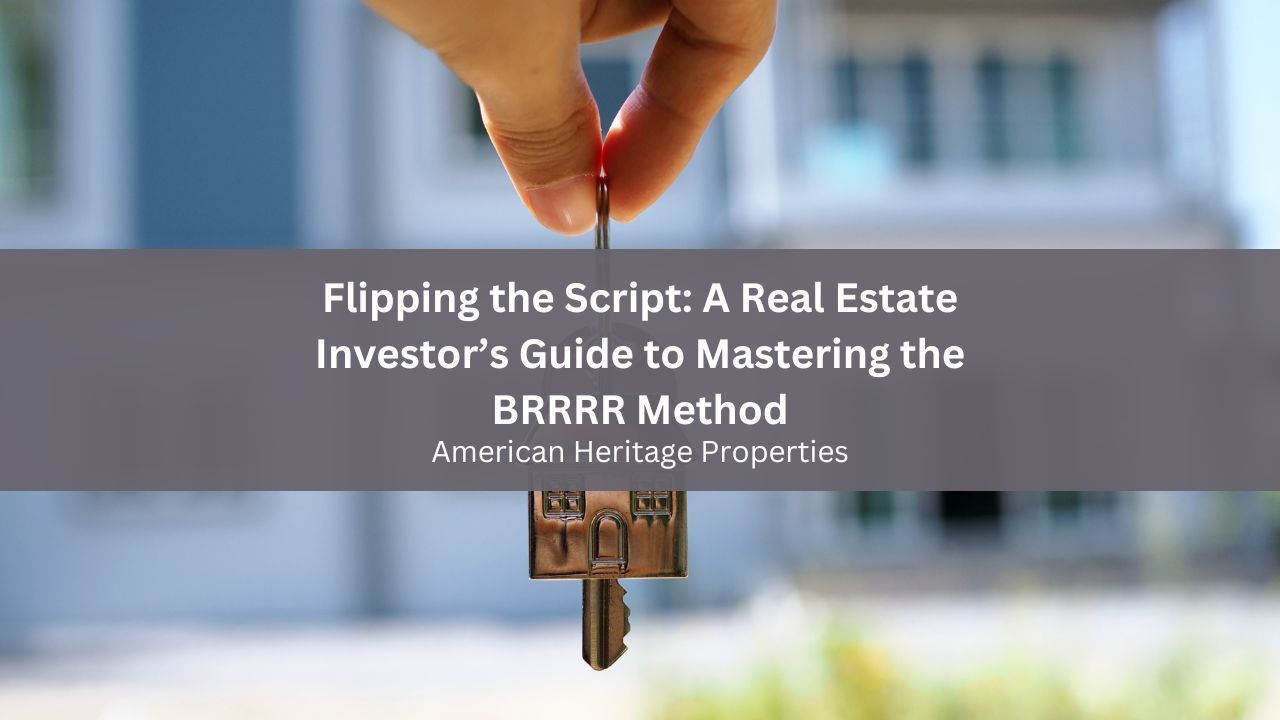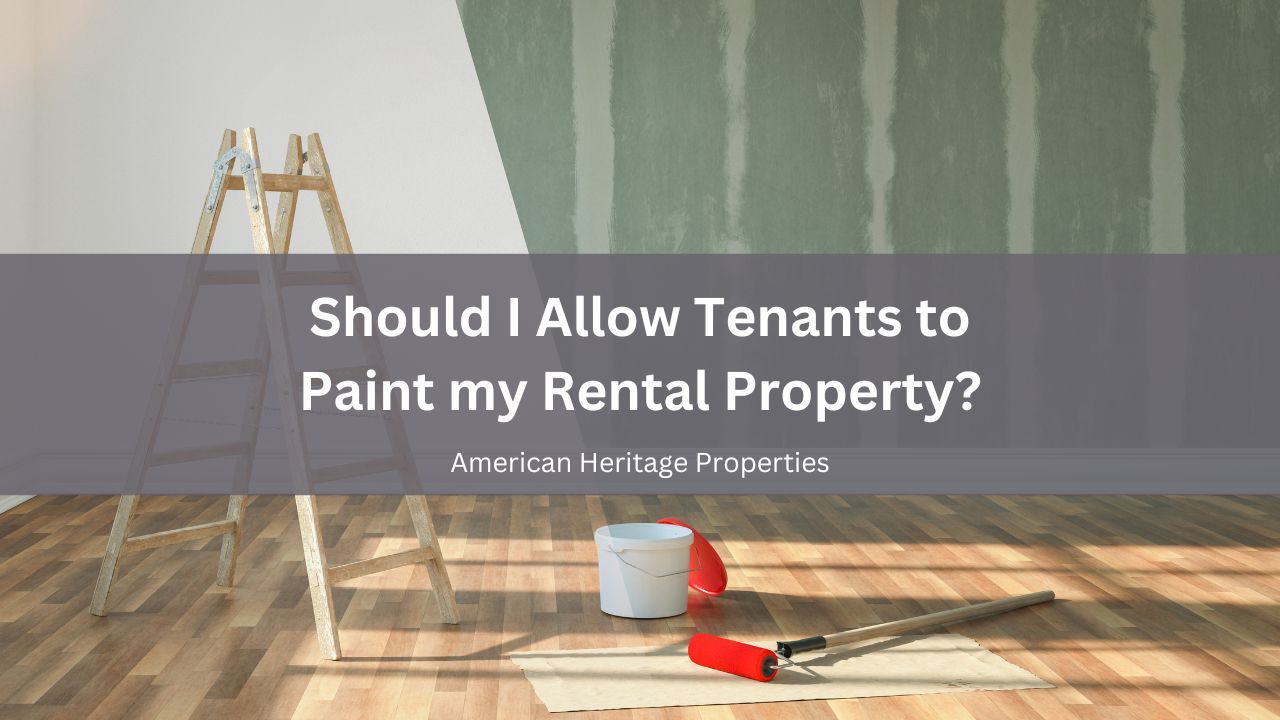City Bound - Essential Strategies for a Seamless Metropolitan Relocation

Moving to a big city is an exhilarating opportunity to reshape your life. It's a journey that promises new experiences, career opportunities, and a vibrant social scene. Yet, the shift from a smaller town to a bustling metropolis can be daunting without the proper preparation. To ensure your transition is as smooth as possible, here’s a strategic guide to help you navigate the urban landscape.
Choosing Your New Neighborhood
The first step in your city move is to explore various neighborhoods to find the perfect fit for your lifestyle and budget. Evaluate each area based on proximity to your workplace, the local community, amenities, and safety. Research online forums, visit in person, and talk to residents to gather insights. Your goal is to find a neighborhood where you feel comfortable and connected, ensuring your daily commute is manageable, and your living environment aligns with your personal preferences.
Preparing for the Urban Pace
Life in a big city moves at a breakneck pace compared to the laid-back rhythm of a small town. It's crucial to mentally prepare yourself for this change. Develop strategies to maintain a healthy work-life balance, such as setting boundaries at work, prioritizing self-care, and exploring local parks and recreational activities. Embracing the city's rhythm while finding peace will help you thrive in your new environment.
Enhancing Your Career with Online Education
Consider enrolling in an online degree program to bolster your career prospects after your move to the city. Taking up an EdD degree program can position you to make significant impacts on educational policy and curriculum development, enhancing your ability to shape effective learning environments. These online programs are designed for flexibility, allowing you to balance your studies with full-time work seamlessly, perfect for driven professionals looking to ascend in their careers while adapting to city life.
Budgeting for City Life
A thoughtful budget is your best tool for managing the financial aspects of city living. Include detailed estimates for rent, utilities, transportation, groceries, and leisure activities. Remember to allocate funds for unexpected expenses, often inevitable during a move. This financial blueprint will help you enjoy urban life without overspending, allowing you to fully engage with your new city’s offerings without financial strain.
Downsizing Your Belongings
In most big cities, living spaces are considerably smaller than those in suburban or rural areas. It’s wise to downsize your belongings to match your new home’s capacity. Sell, donate, or discard items that won’t fit or aren’t necessary. This not only eases your move but also helps you embrace a more minimalist lifestyle, which can be liberating and stress-reducing.
Mastering Public Transportation
Familiarize yourself with your new city’s public transportation system. Cities often offer a range of options such as buses, trains, and subways, which can be cost-effective and convenient compared to driving. Understanding routes, peak hours, and payment methods ahead of time will ease your daily commutes and encourage you to explore different parts of the city confidently.
Building Your Social Network
Relocating to a new city can feel lonely without a support network. Make an effort to meet new people by joining clubs, attending community events, or participating in activities that align with your interests. Building relationships and a sense of community is crucial for your emotional well-being and can also provide networking opportunities that might benefit your career.
Staying Safe
When relocating to a big city, dive deep into understanding the safety dynamics unique to your chosen area. Investigate the local crime statistics, pinpoint neighborhoods that might be riskier after dark, and always exercise caution. Take proactive steps to safeguard yourself and your belongings, ensuring your city living experience remains positive and secure. Staying vigilant and well-informed about your surroundings will help you confidently navigate your new urban landscape.
Moving to a big city marks the beginning of an exciting chapter in your life. By planning carefully and embracing the vibrant opportunities urban environments offer, you can make the most of this transformative experience. By methodically addressing each aspect of city living, you'll set yourself up for a fulfilling experience, seamlessly integrating into your new urban home's dynamic pace and diverse culture. Embrace the journey with optimism, and let the city's energy propel you toward your personal and professional goals.
Share this post









